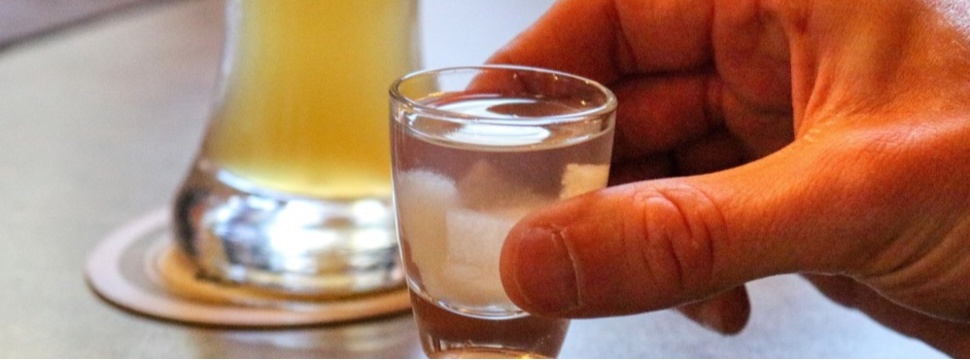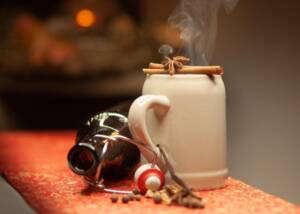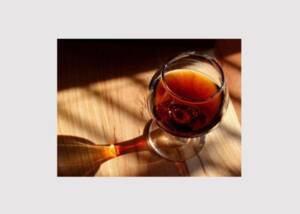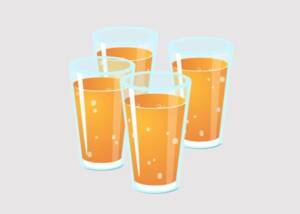The development of ladies' cover and boilermaker
News News blog
The ladies' cover and the boilermaker for men look back on a long tradition and have changed over the course of time. Originally, the term was used to describe a combination of alcoholic drinks that were typically favoured by women and men respectively. But how did this distinction come about and what does it mean today?

The beginnings of the ladies' cover
The term "Damengedeck" (ladies cover) first appeared in the 19th century. At that time, it was understood to mean a drink that was specially tailored to women's tastes. It was usually a mixture of sparkling wine or champagne and liqueur or fruit juice. These sweet, light drinks were considered "ladylike" and socially acceptable for the female sex.
The classic Boilermaker
In contrast, men's drinks were a rather tart combination of beer and schnapps. These "manly" drinks were often consumed in pubs and at social gatherings. The boilermaker was considered down-to-earth and was associated with attributes such as strength and strength of drink.
The change in drinking habits
Over time, however, drinking habits and tastes have changed. The strict separation between women's and men's drinks has largely disappeared. Today, there are many women who enjoy beer or schnapps, while conversely men also enjoy sparkling wine or cocktails.
The modern meaning
In today's catering industry, the term "Cover" is generally used for a combination of food and/or drinks offered at a flat rate. For example, a ladies' cover may consist of coffee and cake, while a gentlemen's cover usually includes a savoury dish such as bockwurst with beer.
Ladies' and men's covers have therefore undergone an evolution - away from gender-specific drinks and towards individual preferences and culinary combinations. But one thing has remained the same: they still stand for conviviality and enjoyment in a relaxed atmosphere.










